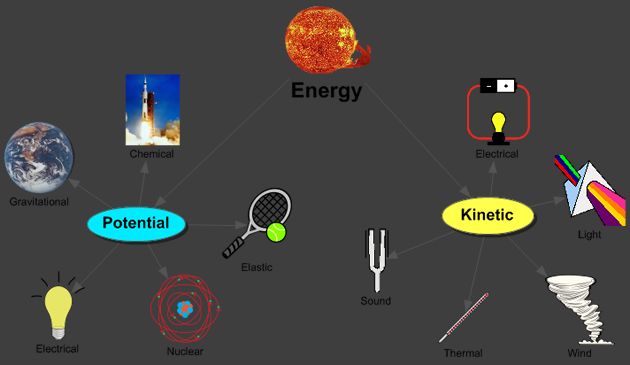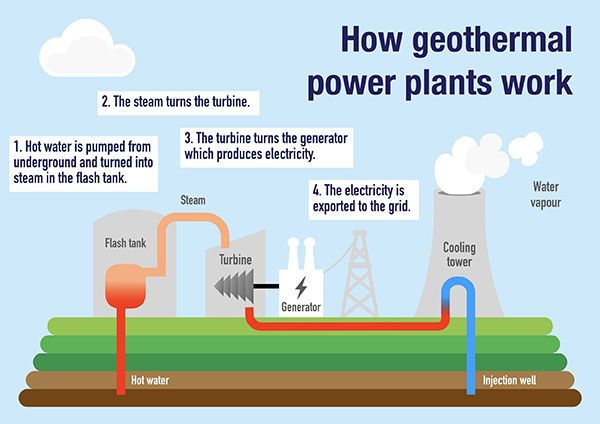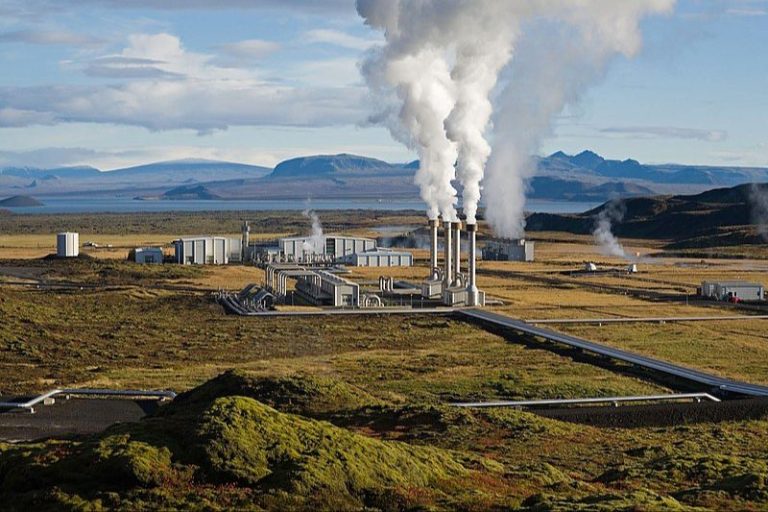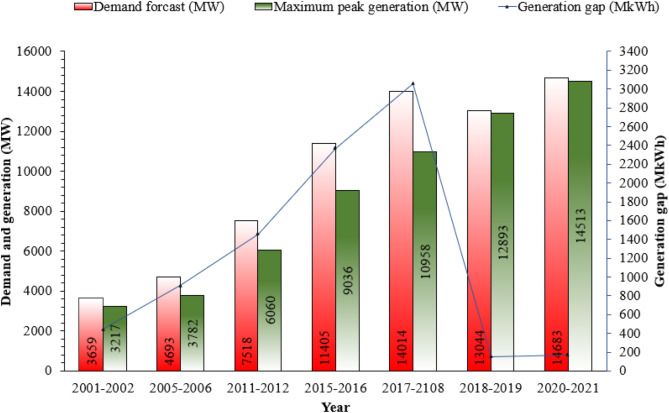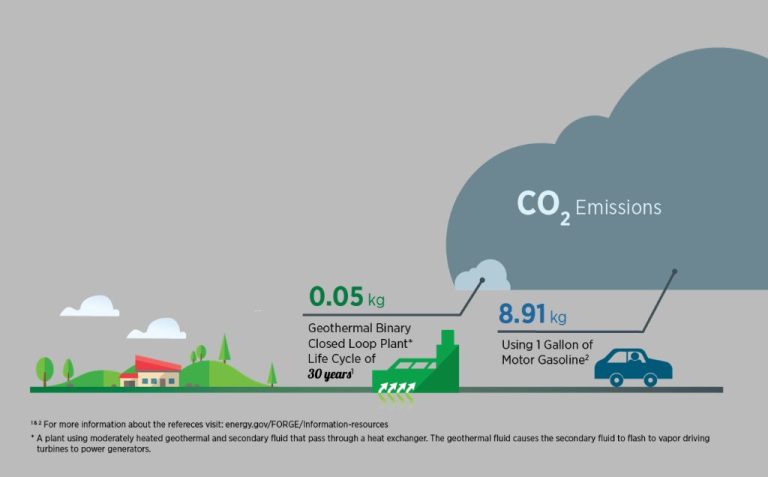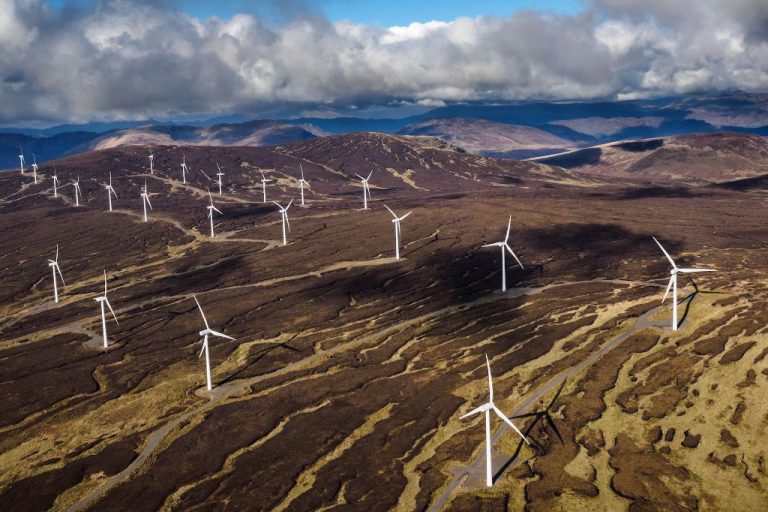What Geothermal Power Companies Are In Iceland?
Iceland has a long history of using geothermal energy for heating and bathing, with the first recorded use dating back to the settlement of the country in the 9th century. However, it wasn’t until the 20th century that geothermal energy began to be harnessed for electricity production in Iceland.
Today, geothermal power provides over 70% of Iceland’s total primary energy supply. This renewable energy resource has allowed Iceland to become one of the world’s leaders in clean energy utilization. There are currently six major geothermal power companies operating in Iceland that tap into the country’s vast geothermal resources to generate electricity and heat for Iceland’s residents and businesses.
This article provides an overview of the major geothermal power companies in Iceland and the role they play in harnessing the country’s abundant geothermal energy.
HS Orka
HS Orka is one of the largest geothermal energy companies in Iceland. The company was established in 2007 after a merger between Hitaveita Suðurnesja and Sudurorka. HS Orka operates two geothermal power plants – Svartsengi and Reykjanes – with a combined generation capacity of around 300 MW, providing electricity and hot water heating to towns and businesses across Iceland.
The Svartsengi geothermal plant has been operating since 1976 and has a capacity of around 75 MW. The Reykjanes plant came online in 2006 and can generate approximately 200 MW. Both plants are located in the geothermally active Reykjanes peninsula in southwest Iceland.
HS Orka also operates two seawater-cooled data centers near its plants, which utilize the excess heat and renewable energy. Additionally, the company is involved in research and development of new geothermal technologies.
The majority owner of HS Orka is a Canadian company, Magma Energy, which acquired 98.5% of the company in 2009. The remaining 1.5% is owned by 2 Icelandic municipalities.
Overall, HS Orka plays an important role in Iceland’s geothermal sector through its two major plants that provide sustainable energy across the country. Its large generation capacity and operations in seawater-cooled data centers demonstrate innovative uses of Iceland’s rich geothermal resources.
Source: https://www.hsorka.is/en/
Orka Náttúrunnar
Orka Náttúrunnar (ON) is the second largest power company in Iceland and is focused on generating renewable geothermal and hydropower energy [1]. The company was established in 2006 through the merger of Hitaveita Sudurnesja and Orkubú Vestfjarða. ON has grown to become Iceland’s leading geothermal power company.
ON operates two geothermal power plants – Svartsengi and Reykjanes – with a combined capacity of around 300 MW [2]. The company also operates a number of hydropower plants and more than 80 hot water drillholes supplying hot water for heating buildings and facilities.
The largest shareholders in ON are four Icelandic pension funds which own around 80% of the company. The remaining shares are owned by international investors.
Landsvirkjun
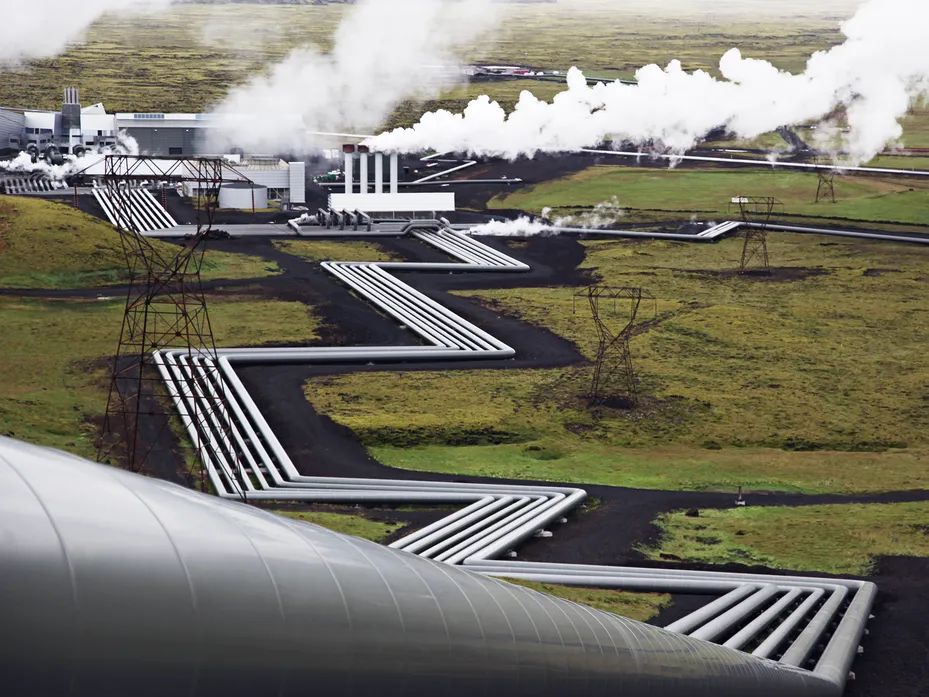
Landsvirkjun is the largest electricity producer in Iceland and is owned by the Icelandic state (Landsvirkjun.com). The company was founded in 1965 and now operates 18 power stations across the country, concentrated in 5 main areas (Wikipedia). Landsvirkjun generates over 70% of Iceland’s electricity, with an installed capacity of close to 2,000 MW from hydroelectric and geothermal sources. The company’s hydroelectric stations utilize Iceland’s abundant water resources to generate renewable power (International Hydropower Association).
Landsvirkjun is wholly owned by the Icelandic government. The Ministry of Finance and Economic Affairs holds a 64.73% share on behalf of the state, while various municipal authorities own the remaining 35.27% of shares. The company operates on a non-profit basis, selling electricity at cost to its customers.
Reykjavik Energy
Reykjavik Energy (https://www.or.is/en/) is the main energy and utility company in Iceland’s capital city Reykjavik. It provides electricity, hot water, and cold water to the city’s residents. Reykjavik Energy was established in 1921 and has grown to become Iceland’s largest geothermal energy producer.
Reykjavik Energy operates 7 geothermal plants, which have a combined capacity of 845 MW of electrical power and 1700 MW of thermal power. Their largest geothermal plant is Nesjavellir, which produces around 120 MW of electrical power.
Reykjavik Energy is owned by the municipality of Reykjavik, which holds a 93.5% stake. The remaining 6.5% is owned by the neighboring municipality of Akranes.
Reykjavik Energy has played a pivotal role in Iceland’s development of geothermal energy. The company began test drilling for geothermal resources in 1921, which led to the opening of the first geothermal heating system for the city in 1930. This allowed Reykjavik to transition away from heating by coal and oil and utilize Iceland’s abundant geothermal resources.
Orkusalan
Orkusalan is an Icelandic power company based in Kopavogur. It was established in 1999 when several smaller local utilities merged to form one larger company. Some of the founding companies included Rafveita Hafnarfjardar and Rafmagnsveitur ríkisins. Today, Orkusalan is owned by a number of municipalities, including Kopavogur, Hafnarfjordur, Gardabaer, and Mosfellsbaer.
Orkusalan operates a diverse portfolio of power plants around Iceland. According to their website, they have a total capacity of 37 MW and annual production of around 275 GWh. Some of their main hydroelectric plants are at Ljosafoss, Steingrimsstod, and Ellidaar. They also operate geothermal plants at Hellisheidi, Nesjavellir, and Reykjanes.
As a municipal utility, Orkusalan provides electricity to households and businesses in the towns and regions where their owner municipalities are located. They have over 17,000 customers. Orkusalan is a member of Samorka, the association of Icelandic energy and utility companies.
Other Companies
Some other notable geothermal companies in Iceland include:
Orka Náttúrunnar (https://www.greenesa.com/news/iceland-renewable-energy-companies) – A subsidiary of ON Power, this company operates two geothermal power plants at Svartsengi and Reykjanesvirkjun, producing approximately 475 GWh annually.
Orkusalan (https://rg.is/) – Established in 1999, this company generates and sells electricity and hot water from geothermal sources to industry and households in Iceland. They own shares in Hellisheiðarvirkjun.
Arctic Green Energy (https://www.nsenergybusiness.com/features/geothermal-energy-plants-iceland/) – Founded in 2008, this company develops and invests in renewable energy projects worldwide, including geothermal in Iceland. They own part of the Theistareykir geothermal power station.
Future Outlook
Iceland’s geothermal resources are expected to expand substantially in the coming years. With around 200 high-temperature geothermal fields identified across the country, experts estimate Iceland could generate up to 50 terawatt hours per year using geothermal energy, compared to the roughly 18 terawatt hours currently produced (NY Times). This growth potential positions Iceland as a global leader in renewable geothermal energy production.
However, increased geothermal development faces challenges. Careful management of geothermal reservoirs is needed to prevent over-exploitation and preserve resources for the future. Environmental concerns around habitat loss and pollution from geothermal plants must also be addressed through improved technologies and monitoring. Despite these issues, Iceland’s vast untapped reserves provide major opportunities to sustainably expand geothermal power generation through 2040 and beyond. With the country already running nearly entirely on renewable energy, Iceland’s model demonstrates the viability of transitioning to geothermal resources to mitigate climate change and build a fossil fuel-free energy system.
Environmental Impact
Iceland’s extensive use of geothermal energy has both benefits and drawbacks for the environment. On the positive side, geothermal power emits minimal greenhouse gases compared to fossil fuel power plants. Iceland’s geothermal power stations release about 122,000 tons of CO2 annually, while a comparable fossil fuel plant would emit 3 million tons per year (1). This has helped Iceland reach its goals of using 100% renewable energy and having net zero carbon emissions. Additionally, geothermal fields in Iceland have a small land footprint compared to other renewable sources like solar or wind farms.
However, geothermal power can have negative local impacts. Extraction of geothermal fluids reduces pressure in underground reservoirs over time. This causes subsidence, or sinking, of the land above. Parts of Reykjavik have sunk several inches over decades due to geothermal use. Chemicals and gases in geothermal fluids, like hydrogen sulfide, can also pollute the air and water if not properly contained (2). Responsible management practices are needed to limit these effects and make geothermal power environmentally sustainable. Overall though, Iceland’s extensive geothermal development has provided a clean and reliable energy source with minimal greenhouse gas emissions.
Conclusion
In summary, Iceland has abundant geothermal resources that it utilizes extensively for heating and electricity generation. The country gets upwards of 66% of its primary energy from renewable geothermal sources. Key players in Iceland’s geothermal energy industry include HS Orka, Orka Náttúrunnar, Landsvirkjun, Reykjavik Energy, and Orkusalan. These companies operate power plants across the country, providing clean energy to meet Iceland’s needs.
Geothermal power plays a vital role in Iceland’s energy mix and economy. The country’s expertise in harnessing geothermal resources has enabled it to become a world leader in the field. Iceland’s success with geothermal power serves as a model for other nations seeking to transition to renewable energy. Going forward, Iceland can continue developing its geothermal capacity in a sustainable manner while minimizing environmental impacts. Overall, geothermal power will likely remain an integral part of powering Iceland’s future.

